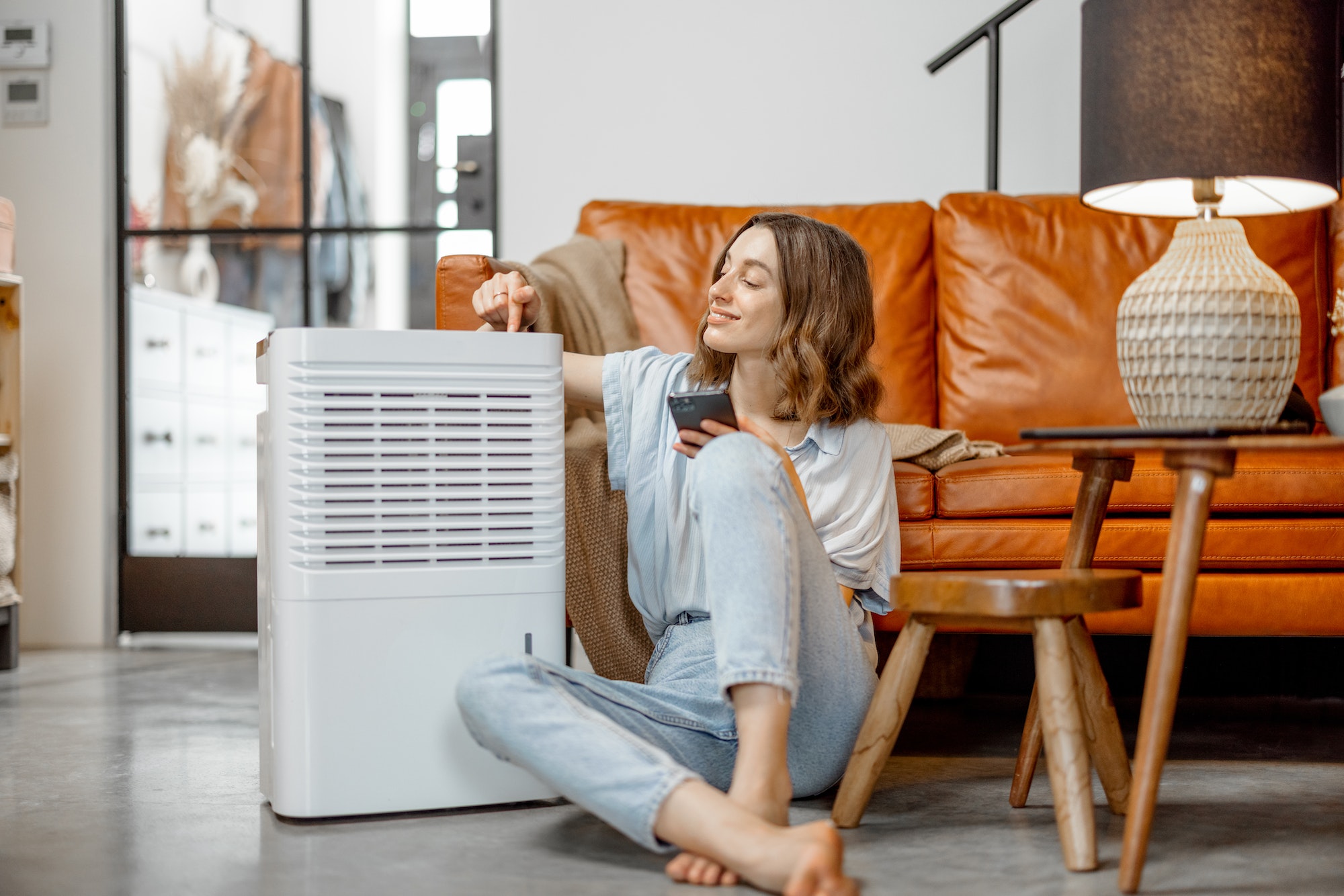
Most people think of agriculture as an outdoor activity, but in recent years, there has been a growing trend (pun intended) of cultivating on an industrial scale indoors. Indoor horticultural operations offer a number of advantages over traditional farming methods, including year-round production, protection from pests and weather, and reduced water usage. However, indoor agriculture also comes with some unique challenges, one of the most important being the need for proper dehumidification.
Dehumidification is the process of removing water vapor from the air. In controlled environment agriculture (CEA), dehumidification is used to create and maintain optimal conditions for plants. By reducing the amount of moisture in the air, dehumidifiers help to reduce humidity levels, which encourages proper transpiration and nutrient uptake and helps to prevent mold growth. Dehumidifiers can also help to lower the risk of pests and diseases, as they create an environment that is less conducive to their growth.However, simply running a dehumidifier is not enough to ensure proper humidity control. Dehumidifiers must be adequately sized for the space, and they must be positioned effectively in order to maximize their efficiency. The entire HVACD system must be designed with dehumidification top of mind, so your mechanical designer should have a deep understanding of your irrigation methods, volume, and desired parameters to design the appropriate amount of dehumidification into the system.
By following these best practices, agricultural facilities can maintain the ideal humidity level for their crops, protecting them from both mold and dehydration.
Industrial Dehumidification in Indoor Agriculture
In any agricultural setting, whether it be a greenhouse or an indoor farm, humidity levels must be carefully monitored and controlled. High humidity levels can create an ideal environment for mold and other pests, while low humidity levels can cause excessive transpiration and poor yields. As a result, agricultural facilities must take steps to maintain appropriate humidity levels through the use of dehumidifiers, or an integrated HVACD system that includes humidity control.
Transpiration and VPD
First, you should understand the transpiration process and why Vapor Pressure Deficit (VPD) matters. Transpiration describes the way plants remove the water they don’t use. You might think of it as the plant sweating out its excess water. When the air is dry, the transpired water is easily absorbed into the atmosphere. If there is too much moisture in the air, however, your plants won’t be able to transpire. This is because the water vapor in the air creates pressure against the plants as they try to release excess water. VPD measures the relationship between temperature and humidity and how they will impact your plants.
Without the ability to remove excess water, it becomes trapped, causing the plant to rot.
If you are growing plants in an enclosed space with warm temperatures, constant watering, and rows of plants transpiring, humidity levels can quickly skyrocket. As a result, dehumidification is an essential part of indoor agriculture. In addition to controlling humidity levels, dehumidifiers also have several other benefits for indoor agriculture.
Mold Prevention
Mold is one of the biggest problems when it comes to agricultural crops grown indoors. It thrives in humid environments and can cause serious crop damage, ruining an entire harvest if left untreated. Using dehumidifiers to reduce RH and maintain consistent indoor humidity levels can play a major role in preventing mold growth.
Factors to Consider When Choosing a Dehumidifier for an Indoor Grow Operation
When you’re growing indoors, you need to create a controlled environment that mimics the conditions outside. One important factor is humidity. When you choose a dehumidifier for an indoor grows operation, there are several factors to consider:
The Size of the Grow Space
The size of your grow room is a major factor in determining which dehumidifier you should buy. The capacity of a dehumidifier is measured in pints per day (PPD), and that number reflects the amount of moisture a unit can remove at 80 degrees Fahrenheit with 60 percent humidity. The actual output of the dehumidifier will decrease at lower temperatures and lower humidities and will increase at higher temperatures and higher humidities.
In order to calculate the actual load, irrigation volume is the primary driver. Assume that every gallon of water you irrigate will ultimately need to be removed through the dehumidification system, and take into account the performance curves on the dehumidification equipment to determine how much it will actually remove. Better yet, work with a reputable dehumidifier supplier and your mechanical engineer to ensure your equipment is properly sized.
Also, consider how often your dehumidification units will run. Most dehumidifiers can be integrated into your grow room controls and automation platform so that they work as a cohesive part of your HVACD system, turning on and off automatically as needed. Smaller indoor gardens may not require powerful grow room dehumidifiers, but for growers looking to dehumidify large spaces, there are industrial dehumidifiers that are designed for agriculture. For example, the Surna by Anden Grow-Optimized 710 PPD Dehumidifier uses Variable-Speed, Low Grain Refrigerant Technology (VLGR patent pending) to modulate the speed of dehumidification based on the precise load conditions of your grow environment.


